What to do? Solutions to prevent pipe freezing violate code
Marc Millis
4 years ago
Featured Answer
Sort by:Oldest
Comments (13)
deb s
4 years agobranson4020
4 years agoRelated Professionals
Overland Park Kitchen & Bathroom Remodelers · Patterson Kitchen & Bathroom Remodelers · Parkway Architects & Building Designers · Winchester Architects & Building Designers · Hilton Head Island Furniture & Accessories · Dothan General Contractors · Gloucester City General Contractors · Henderson General Contractors · Jacinto City General Contractors · Jacksonville General Contractors · Marietta General Contractors · McPherson General Contractors · New Carrollton General Contractors · Springfield General Contractors · Bolingbrook Flooring Contractorsapple_pie_order
4 years agolast modified: 4 years agoyvonnecmartin
4 years agoerinsean
4 years agoGN Builders L.L.C
4 years agoJAN MOYER
4 years agoJake The Wonderdog
4 years agoMarc Millis
4 years agogreg_2015
4 years agoMarc Millis
4 years agoJake The Wonderdog
4 years ago
Related Stories
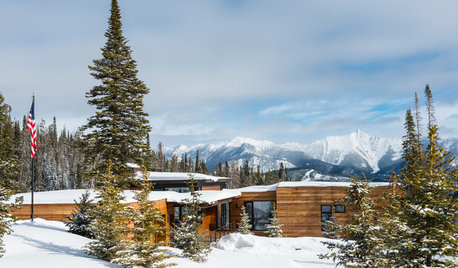
HOUSEKEEPINGWhat to Do When Your Pipes Freeze
Here’s how to thaw frozen pipes and avoid having them freeze in the future
Full Story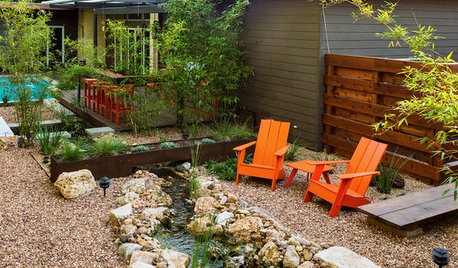
LANDSCAPE DESIGN4 Gardens With Creative, Earth-Friendly Drainage Solutions
See how designers have made the most of site conditions to manage runoff, catch rainwater and more
Full Story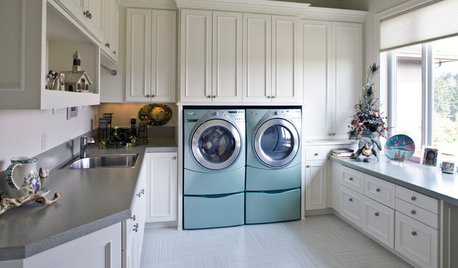
LAUNDRY ROOMSOne of the Biggest Building-Code Offenders in the Laundry Room
A dryer vent specialist shares what to do — and what to avoid — to keep things safe and efficient
Full Story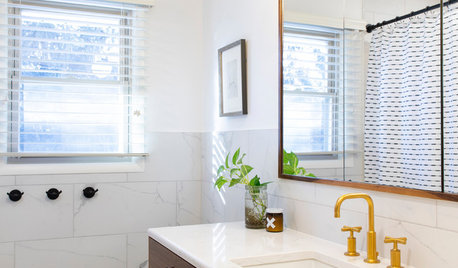
SMALL SPACES5 Solutions to Small-Bathroom Problems
Whether your room lacks a separate shower, adequate storage or a sense of spaciousness, there are remedies at hand
Full Story
CONTRACTOR TIPSBuilding Permits: 10 Critical Code Requirements for Every Project
In Part 3 of our series examining the building permit process, we highlight 10 code requirements you should never ignore
Full Story
GARDENING GUIDES10 Solutions for Soggy Soil
If a too-wet garden is raining on your parade, try these water-loving plants and other ideas for handling all of that H2O
Full Story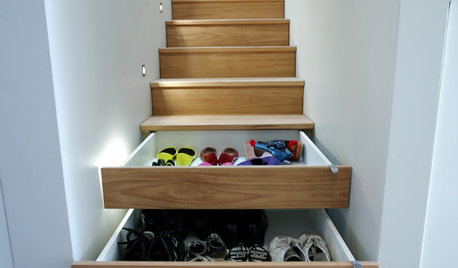
ORGANIZINGConquer Clutter With Drawers: 14 Inventive Solutions
Organize, neaten and hide all your stuff with drawers in unexpected spots or outfitted with extra-special features
Full Story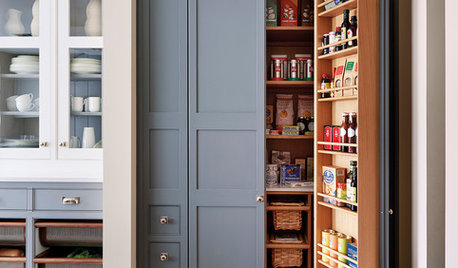
MOST POPULAR10 Storage Solutions for Kitchens With Character
A perfectly designed kitchen cabinet is a wonderful thing, but so are these clever alternative storage ideas
Full Story
CONTRACTOR TIPSBuilding Permits: What to Know About Green Building and Energy Codes
In Part 4 of our series examining the residential permit process, we review typical green building and energy code requirements
Full Story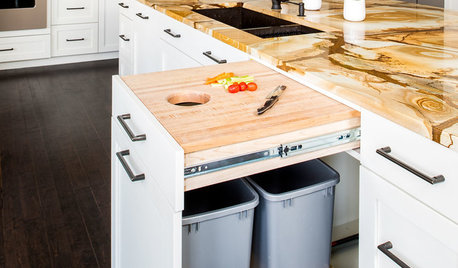
MOST POPULAROur Favorite Kitchen Storage Ideas Now
Make the most of every square inch with these clever cabinetry solutions
Full Story








greg_2015